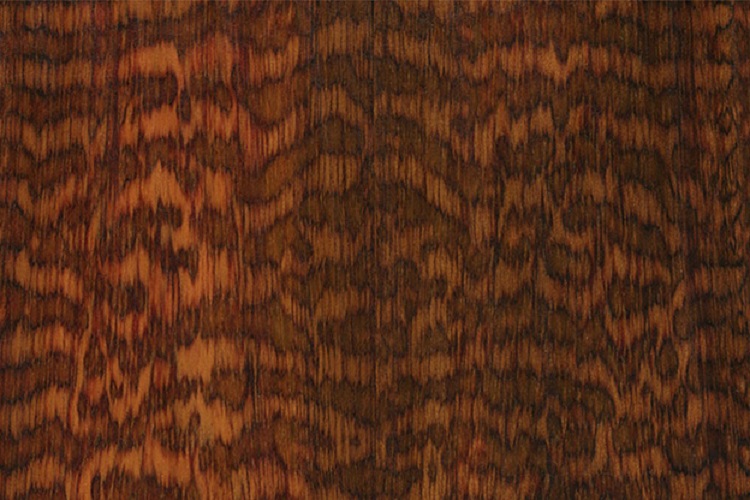

Snakewood | Letterwood | Amourette Wood(Brosimum guianense)
Snakewood is so called for its characteristic snakeskin patterns. Wood is typically a reddish brown, with contrasting darker brown or black patches. Color tends to darken and homogenize with age and exposure; see the article on Preventing Color Changes in Exotic Woods for more information. Very durable and also resistant to insect attack, though it is seldom used in exterior applications where durability would be an issue. . This Specie Can be produced and shipped in Saw logs, Peeled Logs, Square edged timber, Round edged timber, Flooring boards, Finishing boards, Unedged boards, Square logs, Decking boards, Parquet floors, Floor planks, Wall coverings(Veneers Sheets), Plywood, Roof coverings, Rattan, Sleepers, Polls and proprietary grade hardwood products of both finish and unfinished.
Buy This Wood Require More Details Product List Company's Catalogue
Agrowooders Is A "People, Customer, & Environmental-Oriented Organization"
"At Agrowooders, our mission is to provide quality agro(farm) And wood products to businesses and individuals worldwide. We are committed to providing the highest quality products and services to our customers while maintaining a commitment to environmental sustainability.".......... Read On!
